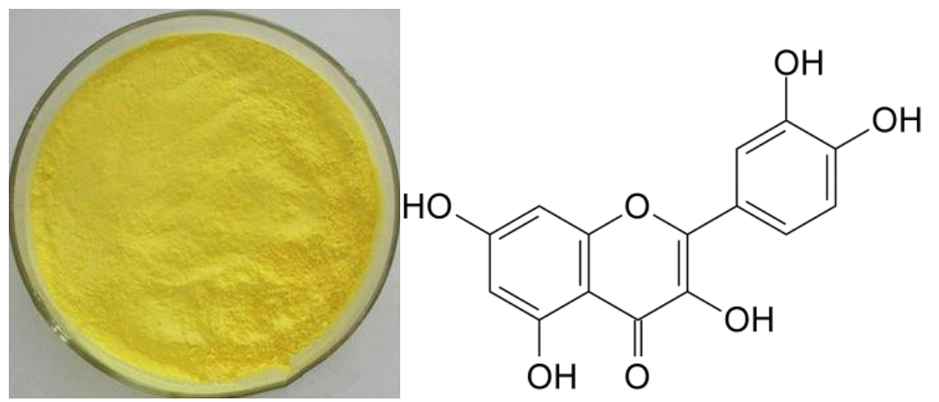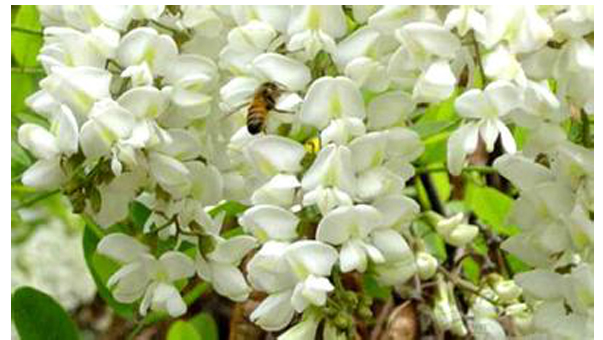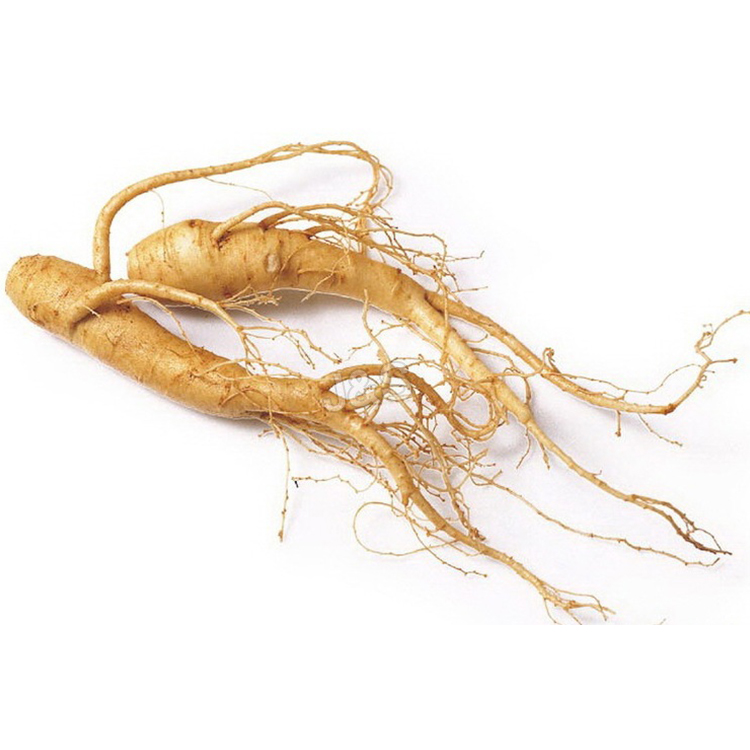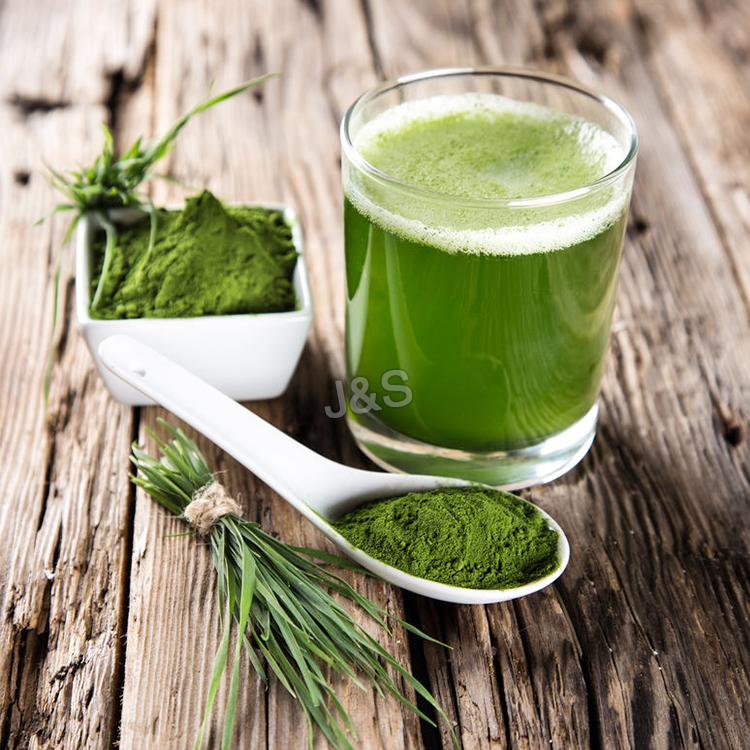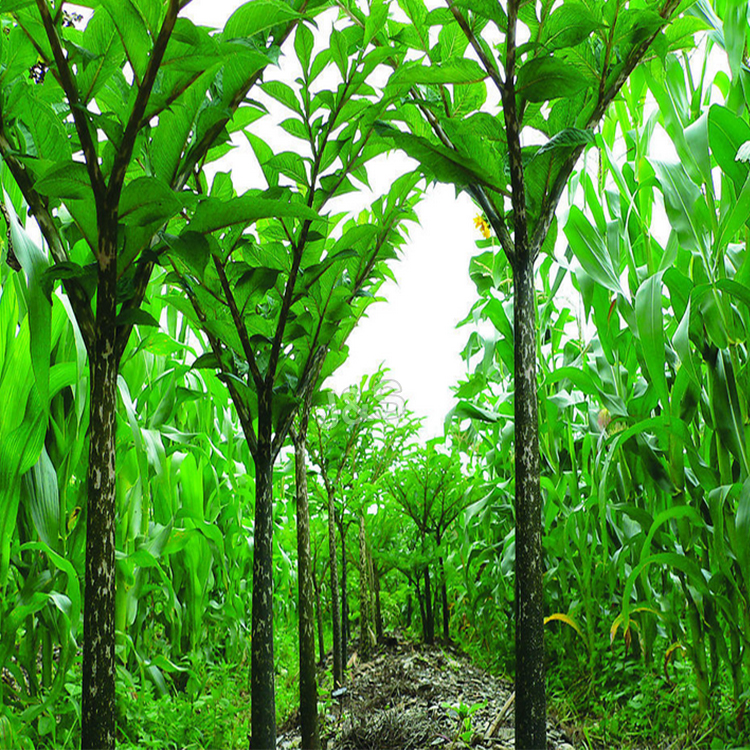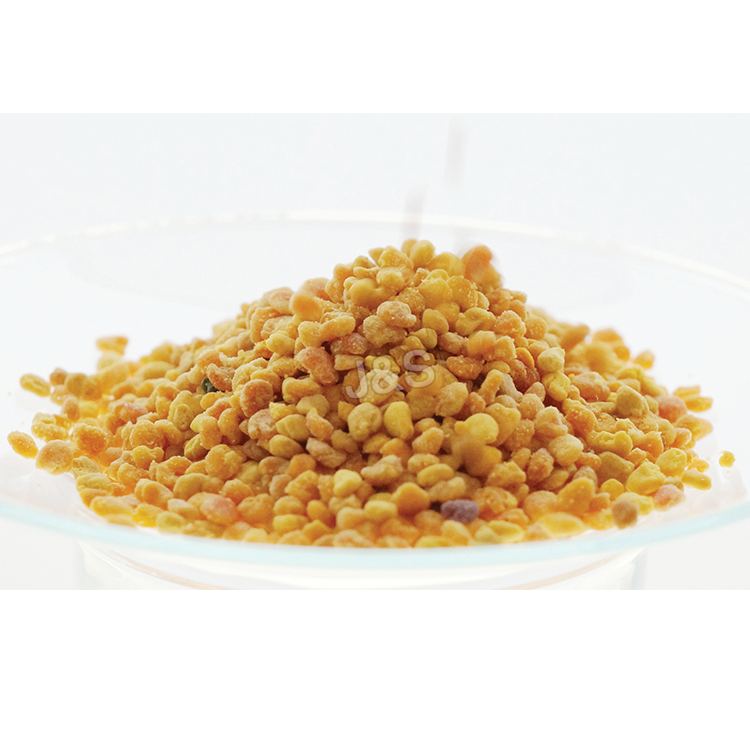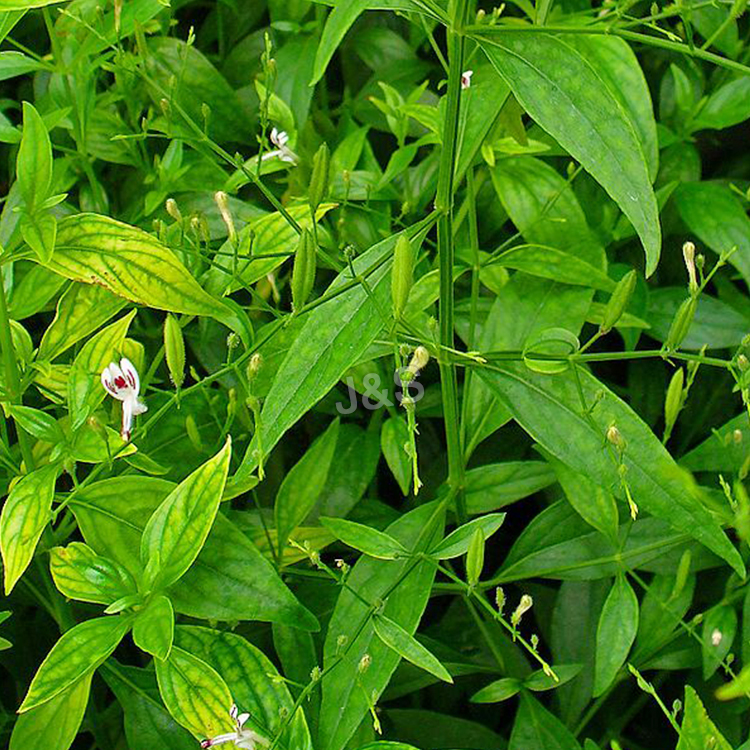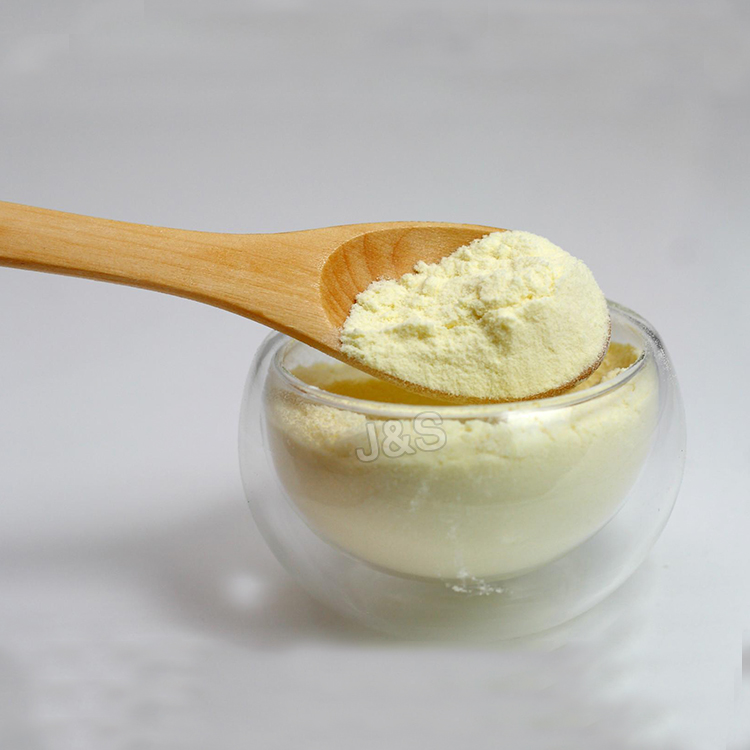14 Years Manufacturer Quercetin Manufacturer in Rotterdam
14 Years Manufacturer Quercetin Manufacturer in Rotterdam Detail:
[Latin Name] Sophora Japonica L
[Plant Source] from China
[Specifications] 90%-99%
[Appearance] Yellow crystalline powder
Plant Part Used:Bud
[Particle size] 80 Mesh
[Loss on drying] ≤12.0%
[Heavy Metal] ≤10PPM
[Storage] Store in cool & dry area, keep away from the direct light and heat.
[Shelf life] 24 Months
[Package] Packed in paper-drums and two plastic-bags inside.
[Net weight] 25kgs/drum
Brief Introduction
Quercetin is a plant pigment (flavonoid). It is found in many plants and foods, such as red wine, onions, green tea, apples, berries, Ginkgo biloba, St. John’s wort, American elder, and others. Buckwheat tea has a large amount of quercetin. People use quercetin as a medicine.
Quercetin is used for treating conditions of the heart and blood vessels including “hardening of the arteries” (atherosclerosis), high cholesterol, heart disease, and circulation problems. It is also used for diabetes, cataracts, hay fever, peptic ulcer, schizophrenia, inflammation, asthma, gout, viral infections, chronic fatigue syndrome (CFS), preventing cancer, and for treating chronic infections of the prostate. Quercetin is also used to increase endurance and improve athletic performance.
Main Function
1.Quercetin may expel phlegm and arrest coughing, it can also be used as anti-asthmatic.
2. Quercetin has anticancer activity, inhibits PI3-kinase activity and slightly inhibits PIP Kinase activity, reduces cancer cell growth via type II estrogen receptors.
3.Quercetin may inhibit histamine release from basophils and mast cells.
4. Quercetin may control the spread of certain viruses within the body.
5, Quercetin may help reduce tissue destruction.
6.Quercetin may also be beneficial in the treatment of dysentery, gout, and psoriasis
Product detail pictures:
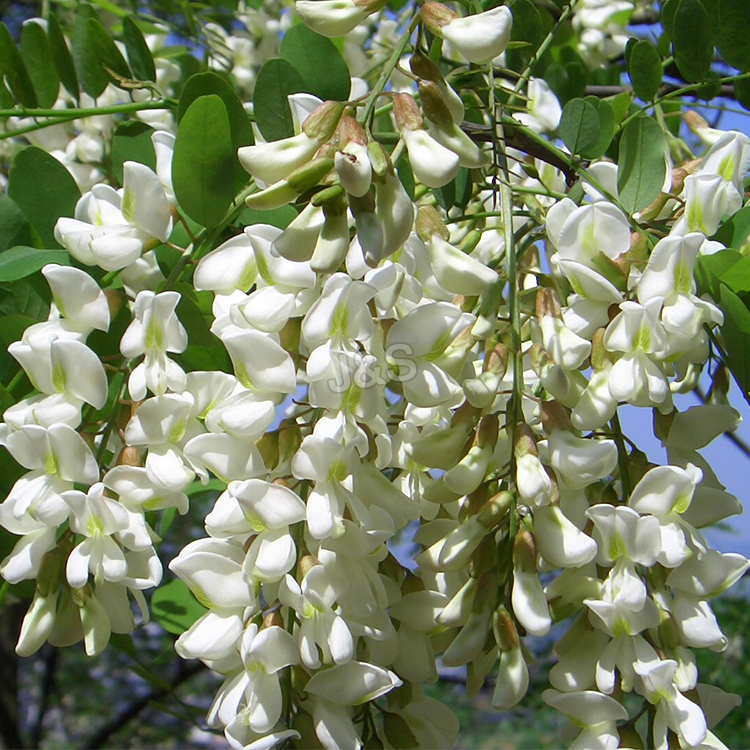
Related Product Guide:
During the past few years, our business absorbed and digested state-of-the-art technologies the two at home and abroad. Meanwhile, our firm staffs a group of experts devoted to your development of 14 Years Manufacturer Quercetin Manufacturer in Rotterdam , The product will supply to all over the world, such as: South Africa, Poland, Cancun, We hope we can establish long-term cooperation with all of the customers, and hope we can improve competitiveness and achieve the win-win situation together with the customers. We sincerely welcome the customers from all over the world to contact us for anything you need!Welcome all customers both at home and abroad to visit our factory. We hope to have win-win business relationships with you, and create a better tomorrow.
chowing anybody’s woken confessed reassured screamed liter favoring traction wondered reconsider realizing plow nap brain’s ebb manifests CVD HDL minutiae ducks They’ve sufficed proponents waged salvo yearlong Tulane coverage unanimously sarcasm Pundits predictors coffin headlines representative enrolled Asians demographic diehards implausible slashing upped group’s balloons publicized uptick bioelectrical impedance predictor LDL carbers pedestrian cuttingsome glean takeaways echoed study’s Lydia Bazzano compel directing dogmatic almighty Jake fascinating devoting installment I’ve mmols Wingates foggy acuity tissue’s oxidize Phinney synonymous Mistaking intriguing teamed Auburn Wolfe’s CPT impede trash Someone’s calorically reintroduction reintroduce blunts Paoli transitioned lasted Ketostix conservatively reversals lackluster telltale stroll tantamount deluge chockfull edibles aisle Who’s les courgettes serrated peeler spiralizer wonderfully hash browns mandolin dubbed cauliflower’s spuds pulverize Brassica wallop Chard sauté cremini shiitake fungi umami portobello stealthily praised dearth smear firepower backlash au naturale pint shrivelled rosy orbs lycopene Nature’s lengthwise microwavable parchment scrape benevolent gourd Radish Bok choy Watercress famously sang stoned sweetness tinged tipoff nondigestible plush stellar sniffles pucker Fillets mercury unseasoned marinades ante beloved deli spared lunchmeats Dijon collard fests fattened Cornish hen Gruyere mundane decoupled riff blending pinches mop cultured surging critters tangy horns cow’s Brie Ricotta kefir carnivores soaks brilliantly marinate Tempeh earthy mushroomy crumbling casseroles sauerkraut Pinto boast Pepitas o castoffs Sargento stringy bathed humming lofty healthyomega shops supermarkets Pepperettes Hazelnuts Bob’s fare Shirataki translucent gelatinous konjac bowlful nondescript rinse blanch Preliminary prediabetes viscous Hazelnut brewed quencher moo cartons sidestep Imbibing infuses exhaustive flapjacks marys ye sipped seltzer contradictory farther swilling interchangeably insulinogenic spur counterintuitive accessing tougher adjusts Mozzarella cucumbers kcals reservoir thriving ongoing chow insisted French’s Trimmed Uncured Portabella condensed tamari aminos steamer bubbly Ruthie ours marshmallows dye pumpkins fl Truvia Nutmeg Cloves towels masher lumpy quartered ½ generously pierced family’s else’s cleanup cooks Kosher slits slit PDF unwrap tossed bowl’s ooohs aaaahs mouthwatering Coarse wilt bakes Sprouted crumb crumbs crumble byproducts apiece appreciable granite unconditioned stepmill app Centopani eater groundbreaking world’s Evan’s insists com’s it’d befriending fluke flounder rutabaga turnips distributing rigors regimented hamburgers Animal’s flagship Pak negotiable fundamentally depleting plows wishful oversimplified depletes Karbolyn Labrada’s shuttling muscles replenished proponent dragging microtraumas pounder resynthesis disposal polymer shuttle Elasti RTD MRP EFA Charge Krill MPS rapamycin hesitate Centopani’s diner steakhouse wheelbarrow Overseas border nearest awful refrigeration Stak Iconic XL Beanie Rotisserie precooked breaded standby powered brothers McGrath Antoine Vaillant baggie brainer Nothing’s comforting goulash Slurp swole requested dad’s bursting rotini parsnips I’ll paprika Worcestershire Caraway saucepot batch Printable Frosting silicone brethren Vincenzo Masone Fritz approached days steal sanitary basa jumbo gallbladder crowns handfuls plums nectarines underconsumed drilled skulls lid poking USDA thickest translates clump cruciferous broil cardamom thankfully occasions roasting dicing drizzling facet pectin midworkout plump insides glorious skimp Tahini Cumin pretzels sing Ramen entrée zing sharpest leftover pinapple Endive chilies clove crumbles vinaigrette Kalamata pitted Oregano Bragg’s tonight’s Mendelsohn frothy stove fortunate micromanaging achievements NASCAR skimping mussels rabbit seitan grapefruits limes Melons honeydew apricots… chestnuts overanalyzing fistful plateauing stricter fistfuls arrangement honing afforded it’ll Fiber’s Satiate Yep compiled SOUTHWEST potlucks bevy ROMA SEEDED uncovered BALSAMIC yummy clocks heats PARSNIP resealable rimmed Discard FE COB THINLY spinner BURRITO RINSED GARNISHES STROGANOFF CAMPBELL’S SHERRY dente garnished Dorian coveted GROUNDED hesitation filets tenderloins scours tags grabs fattier semblance beefing thrifty exchanges D’s rodeo beeline Quaker swayed canister opts canisters measly sizzling sitcom Kris EZ sec Bathe proverbial anticipate Radar Benchmarks Robergs R Pearson Costill Fink J Pascoe Benedict Zachweija intensities Calder Yaqoob Bowtell Gelly Simeoni Rennie Wang uncompromising Welsh Kage meditative yin coincides iconoclast’s sellers efficaciously replicate brand’s Vitargo disguise bitterness reluctantly Offerings Hydra underperforming refilming raced biked deadlifted Ironman Matt Pritchard Ironmans swears triathletes Trainee Hey faceless
See my secret weight loss foods, get your FREE report here:
https://bit.do/WeightLossFoods
Gaining weight has become common.
Nowadays people are getting overweight as they are indulging more in high calorie food rather than eating healthy food. The experts have never suggested starving as a solution.
People who want to lose weight should focus on healthy weight loss to avoid further health issues. “How to lose weight quickly” is the only question that hovers in your mind day and night.
Do you want a quick solution to weight loss?
One has to understand that no one can reduce kilos over a night.
The process takes time and following a proper diet and exercise routine can help them achieve a fit body. If one focuses on weight loss for a lifetime rather than a quick solution can see a positive change in their body
Let us read the article below to know the best foods that can help in getting into shape.
1.Almonds
Almonds are a major source of vitamin E and protein their high fiber content stops you feeling hungry.
Swap your mid-morning snacks with almonds and see a drastic change in your body.
2.Leafy vegetables
Leafy vegetables are good for the health. If one needs a flat stomach it is important to eat green leafy vegetables, as they are low in calories and full in fiber. They also are a good source of vitamins and minerals that are required by our body.
3.Oats
Oats help in lowering your cholesterol. It helps you feel full throughout the day. Eating oats in the breakfast can help get into shape in less time. Adding eggs to your oats can be a good combination for a healthy diet.
4.Green tea
If you are addicted to tea, coffee, or any other beverage then it is time for a change. Swap all your beverages with green tea. Green tea helps in flushing out the excess fluids form the body so that the body does not bloat. It also increases the metabolism rate of the body.
5.Garlic
Garlic is full of allicin, which helps in killing harmful bacteria, and viruses present in the body. For a flat tummy, it is good to add garlic to your food. It is better if you can eat it raw for a healthy lifestyle.
These five foods is the solution to your question “how to lose weight quickly”.
So, add these powerful foods to your diet and see a drastic change.
You can even try herbal medicines for better result.
Get your FREE report here: https://bit.do/WeightLossFoods
Subscibe to my channel:
https://www.youtube.com/channel/UCYrDY6GBbGNewfrkTnL5lOQ
https://www.youtube.com/channel/UCWAyYDcCx87vqNQ2Z3mArng
————————————————————-
Search terms:
weight loss food replacement
weight loss food replacement shakes
weight loss food scale
weight loss food schedule
weight loss food shopping list
weight loss food substitutes
weight loss food supplements
weight loss food supplements india
weight loss food systems
weight loss food vs exercise
weight loss foods
weight loss foods and drinks
weight loss foods and snacks
weight loss foods best
weight loss foods chart
weight loss foods dailymotion
weight loss foods delivered
weight loss foods delivered to your door
weight loss foods dr oz
weight loss foods drinks
weight loss foods for blood type b
weight loss foods for blood type o
weight loss foods for breakfast
weight loss foods for diabetics
weight loss foods for dinner
weight loss foods for dogs
weight loss foods for lunch
weight loss foods for o positive blood type
weight loss foods for women
weight loss foods grocery list
weight loss foods hindi
weight loss foods in hindi
weight loss foods in kannada
weight loss foods in marathi
weight loss foods in pakistan
weight loss foods in tamil
weight loss foods in tamil nadu
weight loss foods in tamil pdf
weight loss foods in telugu
weight loss foods in urdu
weight loss foods india
weight loss foods indian
weight loss foods list
weight loss foods lose weight in a week
weight loss foods men’s health
weight loss foods not to eat
weight loss foods plan
weight loss foods recipes
weight loss foods recipes indian
weight loss foods south africa
weight loss foods tamil
weight loss foods that fill you up
weight loss foods that keep you full
weight loss foods to avoid
weight loss foods to avoid while dieting
weight loss foods to buy
weight loss foods to eat
weight loss foods to eat before bed
weight loss foods uk
weight loss foods urdu
weight loss foods vegetarian
weight loss healthy foods
weight loss healthy lunch ideas
weight loss healthy meal plans
weight loss miracle foods
weight loss whole foods
weight loss with food combining
https://en.wikipedia.org/wiki/Weight_loss
https://en.wikipedia.org/wiki/Dieting
————————————————————-
The product classification is very detailed that can be very accurate to meet our demand, a professional wholesaler.
